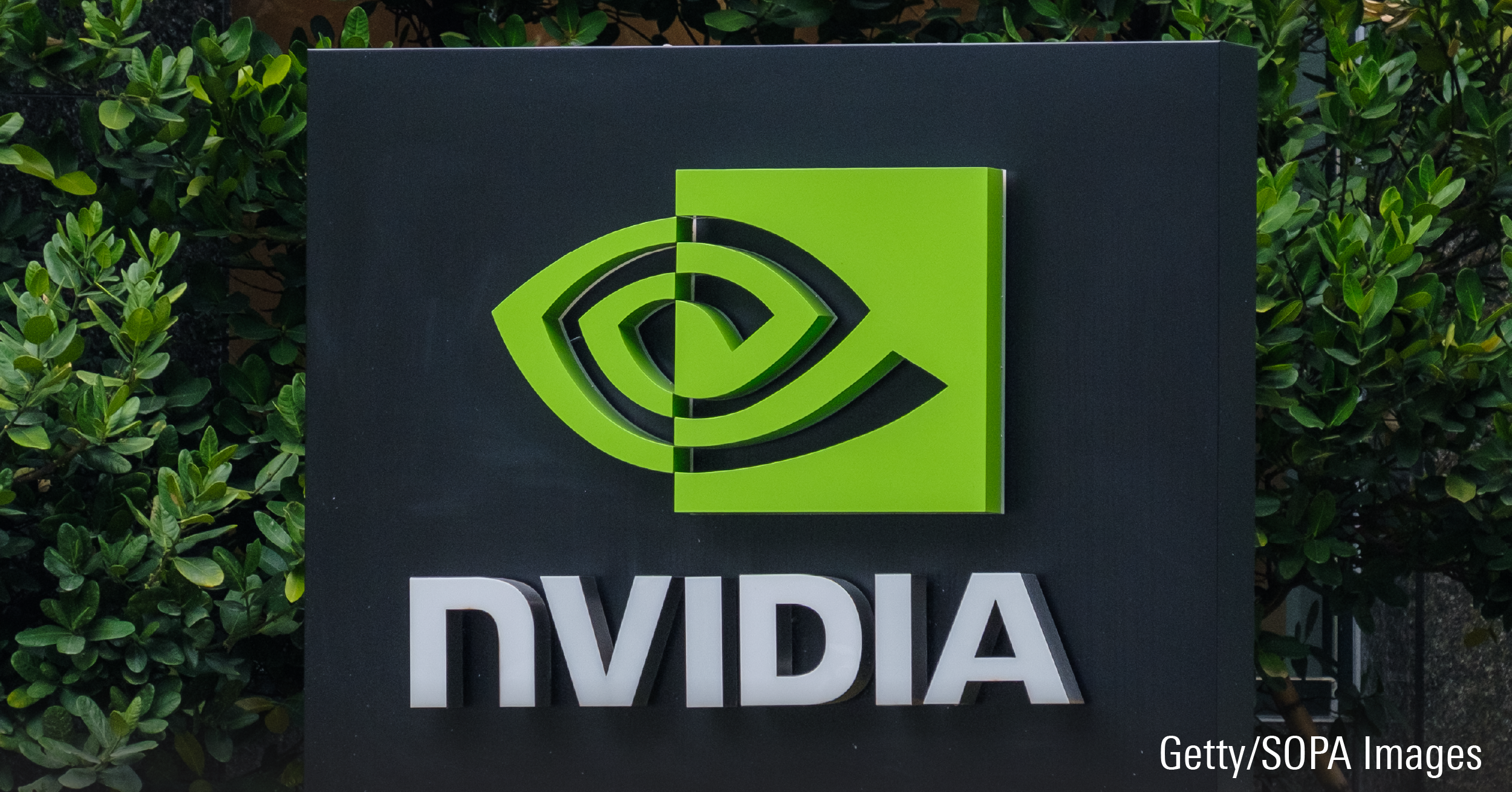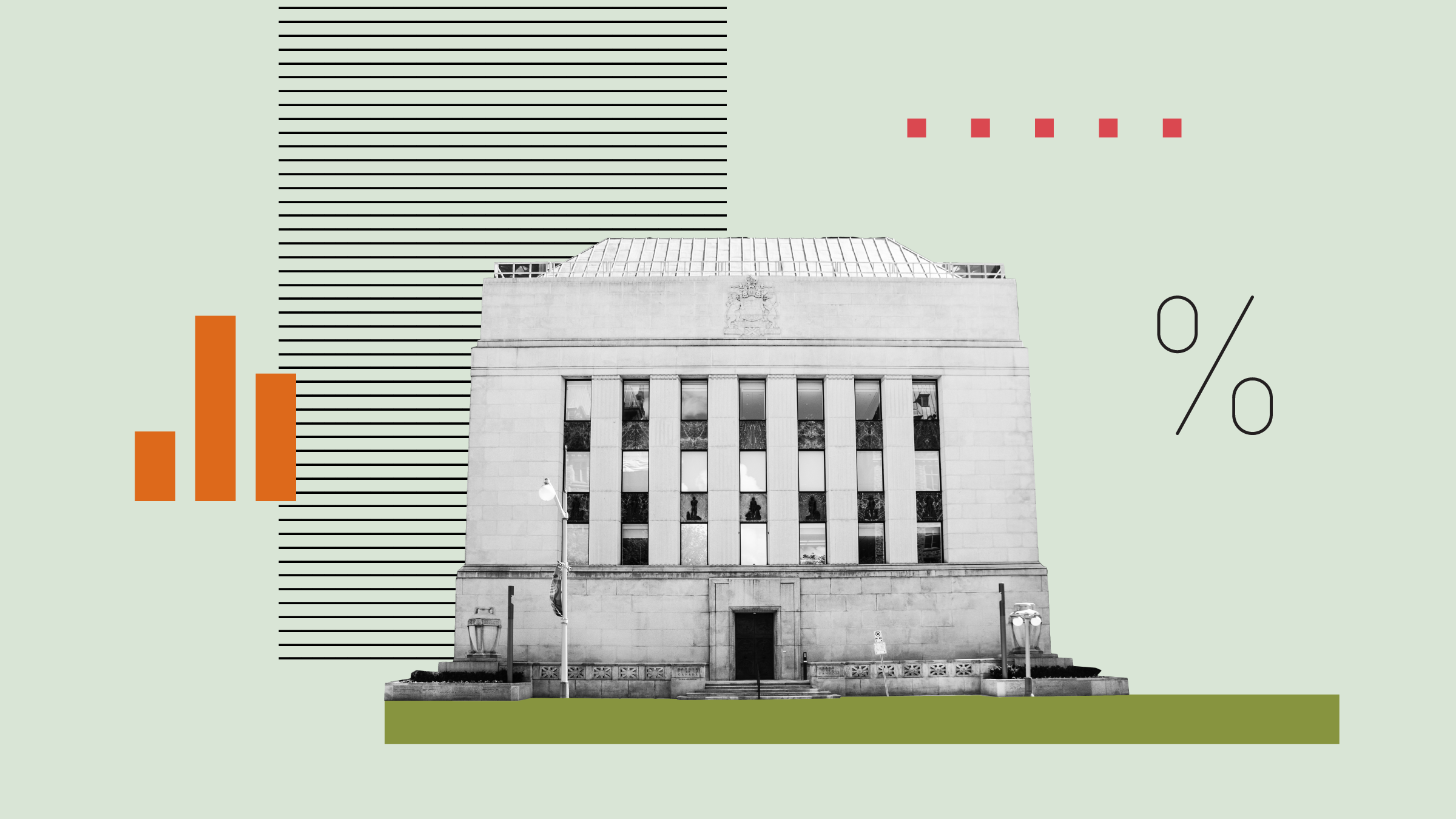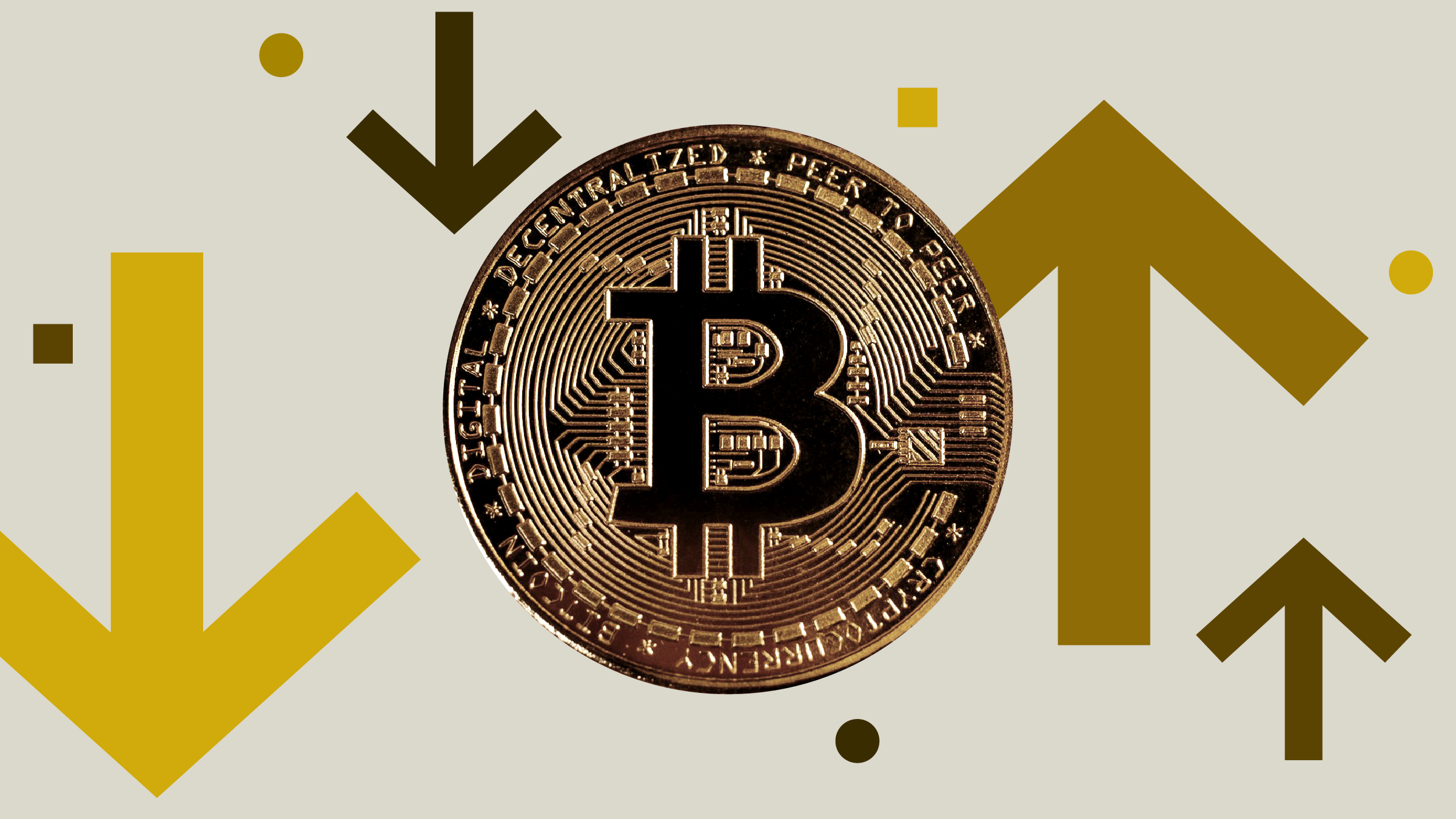The proud owner of a 1971 MGB sportscar, Jon Rosenthall will readily admit that the payback on his investment is modest, in financial terms. Acquired in 1980 for $2,500, and modified at a cost of about $5,000 to include power windows, air vents and a customized dashboard, his MGB is valued at about $10,000 (for insurance purposes). That translates into a 2-3% annual compound rate of return.
"It's fallen behind inflation," shrugs Rosenthall, a retired general sales associate with the Toronto Auto Show, who lives in Maple, Ont. "You don't make money with MGBs. You get a different kind of payback."
The payback comes from the "elation and satisfaction you feel when you drive down a country road in the summer," Rosenthall continues. "It's about 25 degrees, the top is down, and you're heading to the home of another member of the MG Club."
Besides, even if Rosenthall could sell the MGB for a lot more than what he put into it -- say, $30,000 -- he won't. "It's not for sale."
Welcome to the world of classic-car enthusiasts. Like Rosenthall, hundreds of others have bought into the mystique of owning a British-made sports car, and joined the MG Car Club of Toronto, one of the oldest continually running MG Clubs outside of the UK. In a culture where collectors speak of "marques" there are similar clubs for owners of vintage Porsches, Ferraris, Aston Martins, Jaguars and the like.
One big driving factor is nostalgia, acknowledges John Burrows, president of Toronto's MG Car Club, and the owner of a 1973 MGB, which he bought in 1984 for $1,500 and spent about $10,000 to make road-worthy. "A lot of people say, 'I wish I had one, but couldn't afford it way back when. Here's my chance.' And others who once owned an MGB, maybe 30 years ago, discover these cars are still very affordable. So they come on board. Our median club member age is 55," says Burrows, a resident of Mississauga, Ont., who drives his 1973 MGB strictly in fair weather and spends about $600 a year on insurance and maintenance.
While Burrows argues that investment returns on classic cars should be furthest from one's mind, there is no doubt that the staggering prices that some cars have fetched in the past decade is a factor that motivates some. For instance, in 2009, a 1957 Ferrari 250 Testa Rossa was auctioned in Maranello, Italy for US$12.4 million. That was topped in 2013, when a 1967 Ferrari 275 GTB/4*S N.A.R.T. Spider sold at auction in Monterrey, California, for an eye-popping US$27.5 million.
Price escalation is evident even at the lower-end of the premium sports car market, says Jon Rosenthall. He points to a 1955 Porsche 356 Speedster, which cost $3,000 in the late 1950s, but today would fetch $150,000 and up. "The person who buys that car, typically won't use it," says Rosenthall. "He'll drive it to a Porsche event, just to show it off."
 |
|
 |
|
| Jon Rosenthall in his 1971 MGB | |
 |
|
 |
|
 |
Historic Auto Group International, an independent investment research house based in London, England, has created benchmarks that monitor the rare- and collector-car sector. The HAGI Top Index, which is based on a proprietary database encompassing over 100,000 transactions and collected from auction results and marque specialists, has tracked activity since 1980. Its long-term annualized return has averaged 13.5% as of the end of 2013. The HAGI Top Index is published monthly on the Financial Times website.
"There has been a favourable supply and demand situation where more and more enthusiasts and collectors cherished these cars while, on the other hand, supply is finite," says Katharine Redlefsen, managing assistant on the HAGI research team. However, she cautions that it's unfair to compare an investment in classic cars to the S&P 500 Index, for instance, because the sector is very small, illiquid and specialized.
The fact that prices have gone through the roof for some rare vehicles should be a warning sign, says Maurice Bramhall, a long-time veteran of the luxury car industry, who heads Bramhall Classic Autos, a Toronto-based firm that provides appraisal services and acts as a broker for people selling or buying classic cars. His firm lists more than 300 cars on www.bramclassauto.com. Bramhall argues that the market is subject to cycles, and even though the sector is on an upward trend, history suggests that it could be in for a correction.
Bramhall provides a cautionary tale, as he recalls the early 1990s, when classic car prices suddenly dropped by 50% or more. "Ferraris that fetched US$250,000 in 1989 were going for $80,000 in 1992. Now, we're in the middle of an insane period. Take the Ferrari Dino 246: in one year, it's gone from about US$400,000 to US$600,000. And that may not be enough."
In his view, it's being driven by demographics, with wealthy people in mid-life who are prepared to gamble six- and seven-figure sums for a classic car. "They say, 'It's not going to kill my lifestyle or my pension, so I'll do it.'"
What should prospective collectors do in this environment? Here is some advice from those in the field.
- "Buy the best car within your budget," says Rosenthall. "Unless you are mechanically inclined, and have a properly-equipped garage, it can get very expensive," he says, adding that restoring a rusted-out MGB can cost $7,000 and up. In the same vein, Bramhall urges focusing on affordability. "Forget about Aston Martin," he says, adding that a 1967 DB6 version costs about US$365,000. Instead, he suggests a more affordable 2005 or 2006 Ford Mustang, for about $10,000 to $15,000.
- Become knowledgeable by joining a classic-car club and learn about each car's characteristics. Club members are often happy to provide advice and help determine if a particular car is worth buying. "And if you can, buy a club owner's car, because everyone will be familiar with it," says Rosenthall. "It's also likely to be in better shape because the owner is an enthusiast."
- The best time to buy a classic car is in the fall, before it goes into storage for the winter, says Rosenthall. "An owner may have lost access to a storage facility, so he has to sell. It would be difficult to find a top-notch car, but you can get bargains at that time of year." On the other hand, Rosenthall notes, March to June is a good time to buy classic cars that tend to be in better shape.
- Be forewarned that spending to upgrade a vehicle is no guarantee it will add to its value. "If you get 50% back of what you spent, you would have done brilliantly," says Bramhall.
- Forget about making a profit, says John Burrows, and concentrate on the satisfaction in ownership. "I just turn the key and it goes," says Burrows, who recently drove to a rally in Indiana and met hundreds of other MGB owners. "It gives me a lot of pleasure every year."















